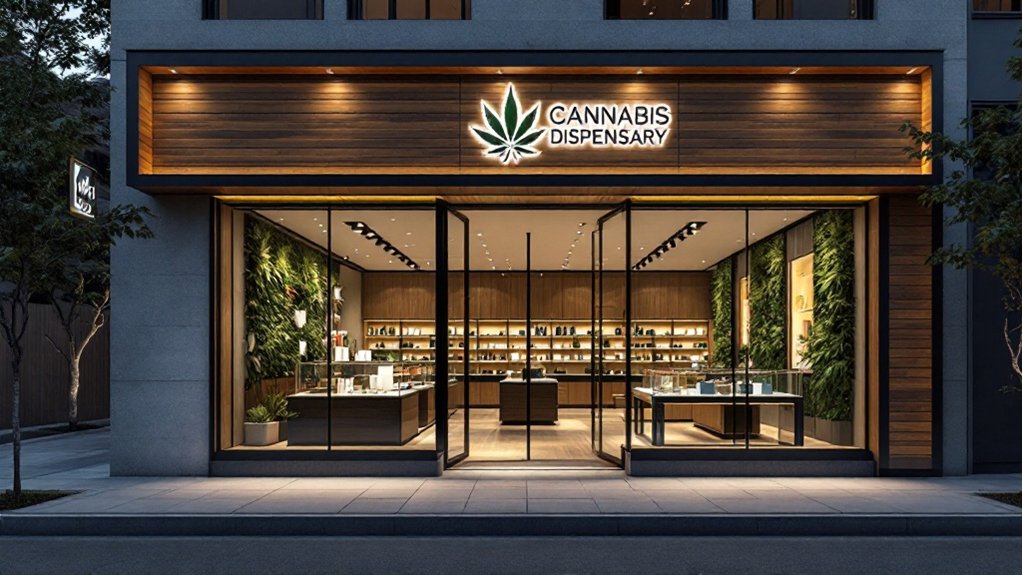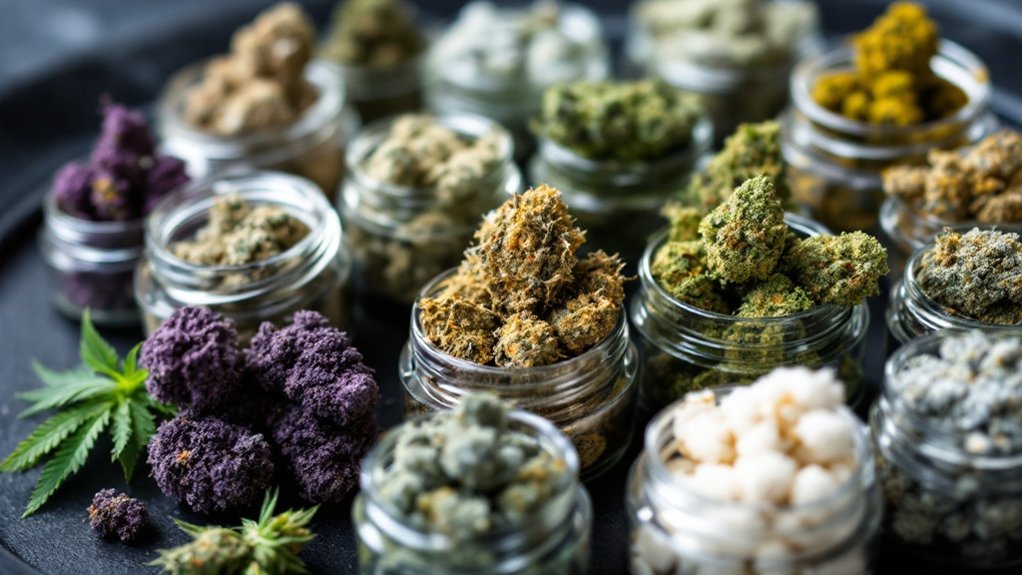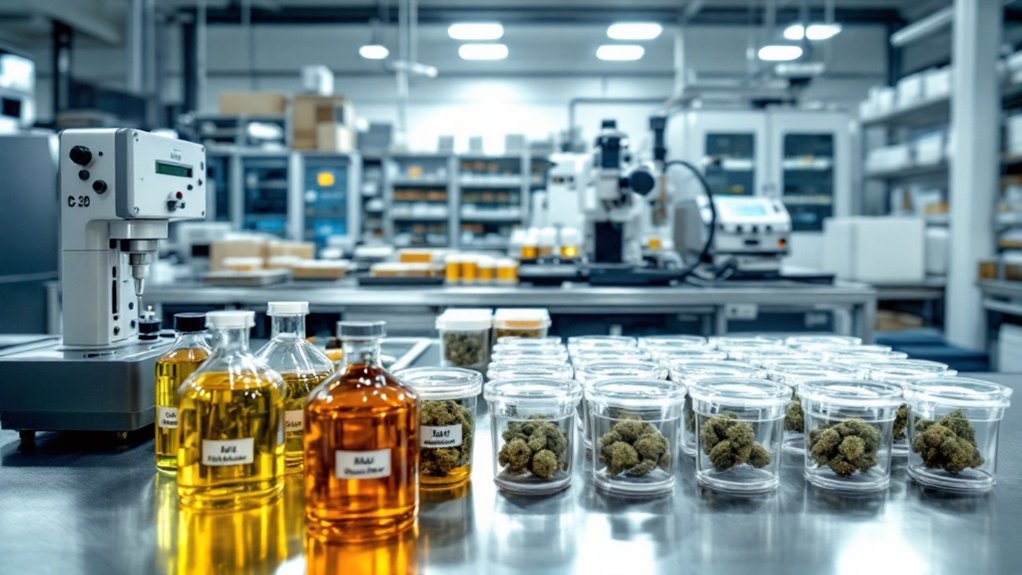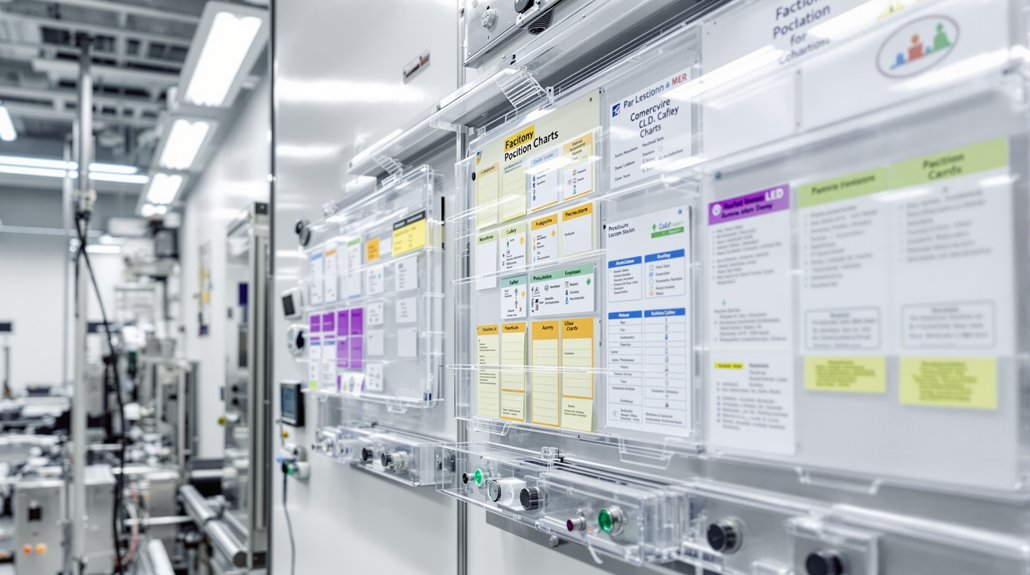Effective dispensary branding in today’s saturated cannabis market requires strategic differentiation through cohesive visual identity, targeted consumer experiences, and technology integration. Successful dispensaries develop distinctive logos, packaging, and retail aesthetics that communicate unique value propositions—whether wellness-focused, recreational, or luxury-oriented. Experiential retail environments, such as cannabis cafes or community spaces, create memorable brand interactions while addressing consumer preferences for sustainability and innovation. Strategic positioning within this competitive landscape elevates dispensaries from mere retail locations to lifestyle destinations that forge lasting customer relationships.
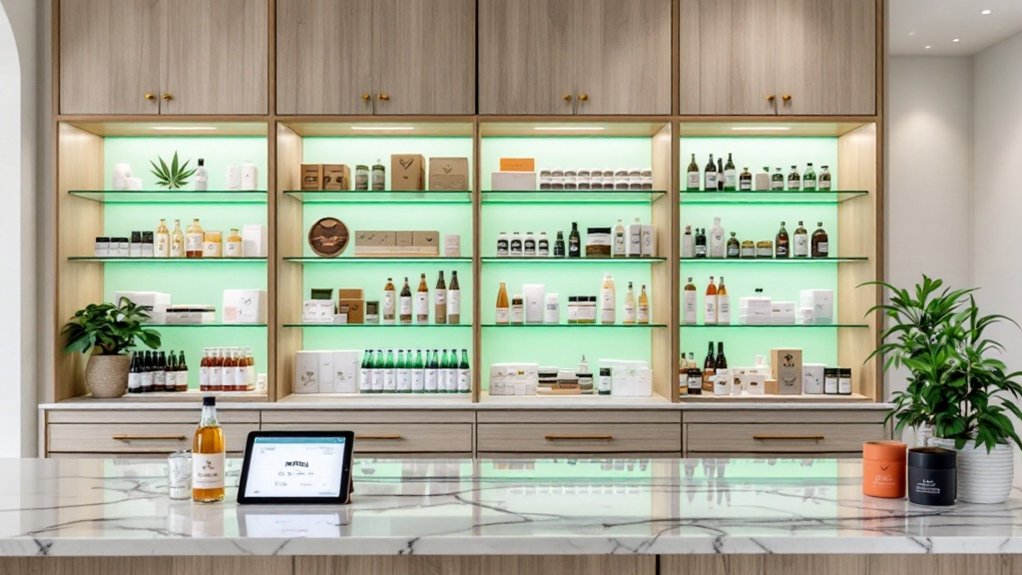
In the increasingly competitive cannabis marketplace, effective branding has emerged as the critical differentiator for dispensaries seeking to stand out among thousands of competitors. With more than 7,000 dispensaries operating across the United States as of 2025, cannabis retailers face unprecedented market saturation. This competitive landscape requires strategic brand positioning that resonates with target consumers while adhering to complex regulatory frameworks.
Visual identity forms the foundation of dispensary branding, encompassing logos, packaging design, and retail aesthetics that collectively enhance consumer recognition. These visual elements create immediate brand associations and drive loyalty in a crowded marketplace. Successful dispensaries develop cohesive visual systems that communicate their unique value propositions, whether focused on wellness, recreation, or luxury experiences.
Consumer preferences continue to evolve toward wellness-oriented products and sustainable practices. Modern cannabis consumers increasingly seek dispensaries offering eco-friendly packaging and innovative consumption methods like specialized vapes, precision-dosed edibles, and cannabis-infused beverages. This shift reflects broader consumer trends toward health consciousness and environmental responsibility within the cannabis sector. The growing popularity of cannabis beverages is evident as they experienced 11% sales growth during the year ending June 2024.
Themed experiential retail environments represent another powerful differentiation strategy. Amsterdam-style cannabis cafes and community-focused spaces that host live performances or cannabis-paired dining events leverage new legal frameworks to create memorable brand interactions. These experiential approaches transform dispensaries from mere retail locations into lifestyle destinations that foster community connection.
Technology integration enables dispensaries to deliver personalized shopping experiences while gathering valuable consumer data. Advanced point-of-sale systems, AI-driven marketing platforms, and brand portals provide actionable insights into product performance and consumer behavior. These technological tools support targeted marketing campaigns and inventory optimization while enhancing the overall customer experience. Dispensaries can leverage customizable brand portals to centralize inventory management and streamline communication with customers and partners.
Regulatory compliance remains fundamental to brand credibility and longevity. Changes like California’s Assembly Bill 1775 create new opportunities for service expansions, but require vigilant adaptation to maintain legal operation. Dispensaries that consistently meet stringent compliance requirements while offering transparent product information build essential consumer trust.
Staff training in brand values and product knowledge greatly impacts customer experiences and word-of-mouth marketing. Knowledgeable team members who embody the dispensary’s ethos create authentic customer interactions that strengthen brand perception. Combined with loyalty programs and targeted local community engagement, these human elements transform first-time visitors into brand advocates within the rapidly evolving cannabis retail landscape.
Frequently Asked Questions
How Do Cannabis Regulations Affect Branding Strategies?
Cannabis regulations greatly constrain branding strategies through restrictions on imagery, terminology, and packaging design.
State laws prohibit appealing to children, making medical claims, and using cannabis imagery or slang in marketing materials. Approval requirements for names, logos, and advertisements create delays of up to 30 days for new initiatives.
These variations across states force companies to develop market-specific packaging and branding approaches, increasing complexity and operational costs while limiting creative expression.
What Branding Elements Resonate Most With New Cannabis Consumers?
New cannabis consumers primarily respond to clear dosing information, detailed effect descriptions, and professional packaging that doesn’t rely on traditional cannabis imagery.
Educational content explaining consumption methods, expected effects, and proper storage builds confidence and trust.
Familiar formats like beverages with cannabis-specific branding effectively reduce barriers to entry, while transparent cultivation information and quality certifications provide reassurance.
Fast-growing brands successfully leverage recognizable concepts while maintaining compliance with regional requirements, allowing novice users to navigate complex product choices more comfortably.
How Often Should Dispensaries Refresh Their Branding?
Dispensaries should refresh their branding every 2-3 years, with minor updates conducted annually.
Data shows that two-thirds of businesses experience at least 10% revenue growth from consistent branding, while market demographics and preferences evolve continuously.
Sustainability concerns and packaging innovations also necessitate periodic adjustments, as 66% of consumers prefer eco-friendly options.
Regular brand health assessments help dispensaries evaluate positioning against competitors and maintain relevance within changing consumer demographics.
Can Dispensary Branding Influence Customer Purchase Decisions?
Dispensary branding notably influences customer purchase decisions through multiple psychological and practical channels.
Research indicates that 28% of consumers choose cannabis products specifically based on packaging design, while consistent branding increases trust and loyalty that drives repeat purchases.
Color in branding increases brand recognition by 87% and influences up to 85% of purchase decisions.
Additionally, brands that align with consumer values—particularly sustainability and social responsibility—attract higher engagement, with nearly half of millennials more likely to purchase from cause-supporting dispensaries.
What Metrics Best Measure Dispensary Branding Success?
Dispensary branding success can be measured through multiple key metrics across different categories.
Brand awareness metrics track recall rates and share of voice, while customer engagement metrics evaluate NPS scores and loyalty program participation.
Sales-driven metrics analyze staff recommendations and average cart values of branded products.
Operational performance indicators include customer acquisition costs, lifetime value growth, and brand compliance resilience across regulatory markets.
These thorough metrics collectively reveal how effectively a dispensary’s brand resonates with its target audience.
